A Field-Tested Look at Galvanized field fence: What’s Working on Real Farms
I’ve walked more fencelines than I care to count, and—surprisingly—the quiet hero in rough country isn’t flashy at all. It’s the HINGED JOINT FIELD FENCE HEAVILY GALVANISED style that ranchers keep coming back to. In fact, many customers say the flexible hinge joint survives hoof pressure and winter frost heave better than rigid knots. To be honest, that matches what I’ve seen in the field.
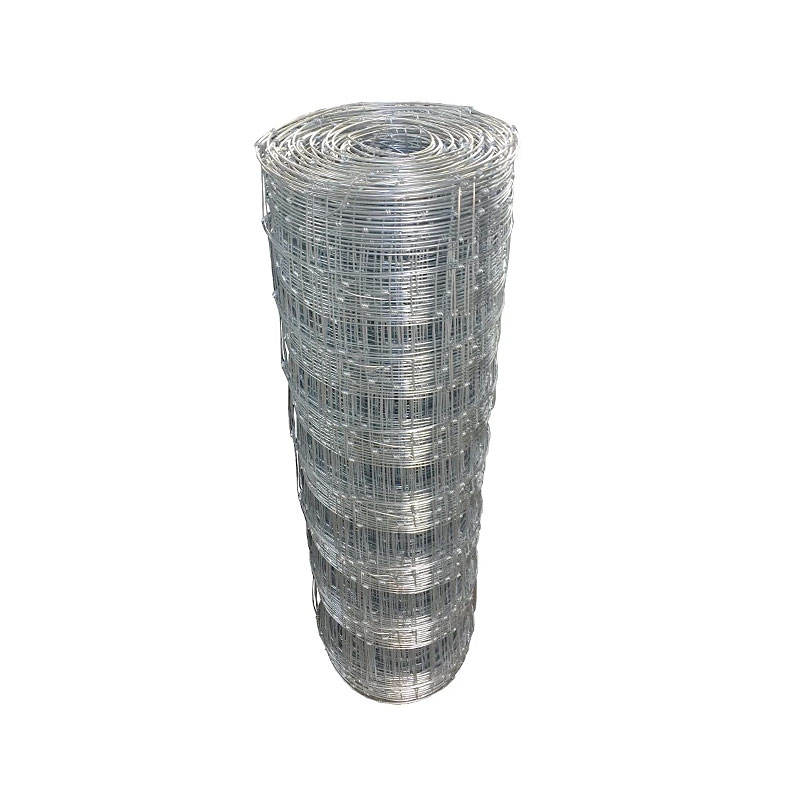
What is it, technically?
A Galvanized field fence uses low-carbon steel line wires and a “hinged” knot that flexes under stock impact, then rebounds. Heavy zinc coating resists corrosion; Class 3 or EN 10244-2 D-grade coatings are increasingly the norm on modern projects. Rolls come pre-crimped to maintain tension over undulating ground—small detail, big difference.
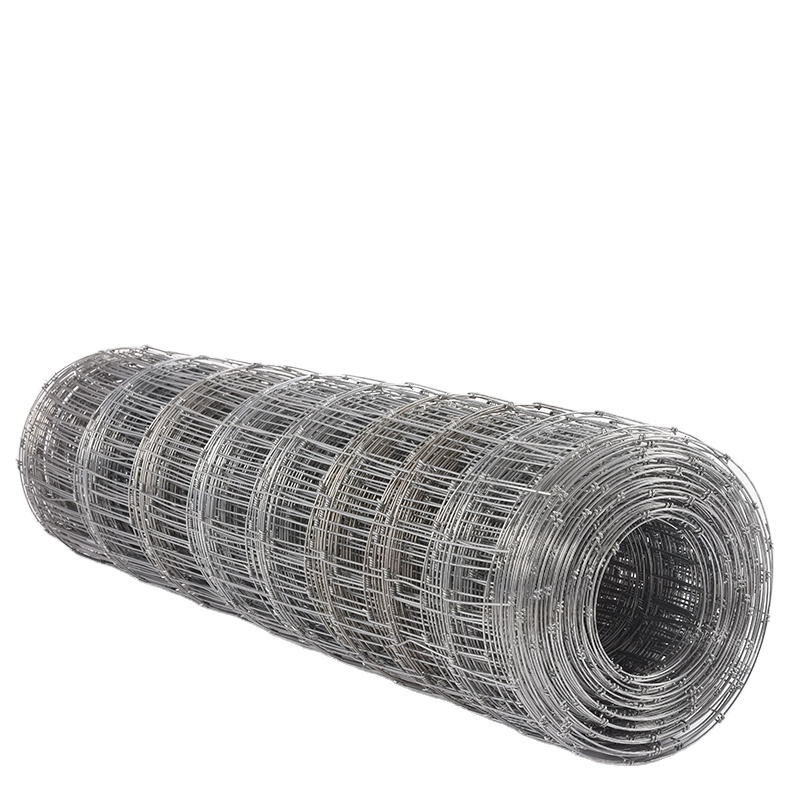
Typical Specifications (field-proven, real-world use may vary)
| Height | Vertical Spacing | Wire Gauges (Line/Hinge/Knot) | Zinc Coating | Roll Length |
|---|---|---|---|---|
| 1.0–1.2 m | 150–300 mm | 12.5–14 ga / 14–16 ga / 16 ga | ≈180–260 g/m² | 50 m |
| 1.5 m | 150 mm graduated | 12.5 ga / 14 ga / 16 ga | Class 3 (US) | 100 m |
| 1.8 m | 100–150 mm | 11–12.5 ga / 14 ga / 16 ga | EN 10244-2 D | 200 m |
| Wildlife | Graduated | High-tensile options | Heavy zinc | Customized |
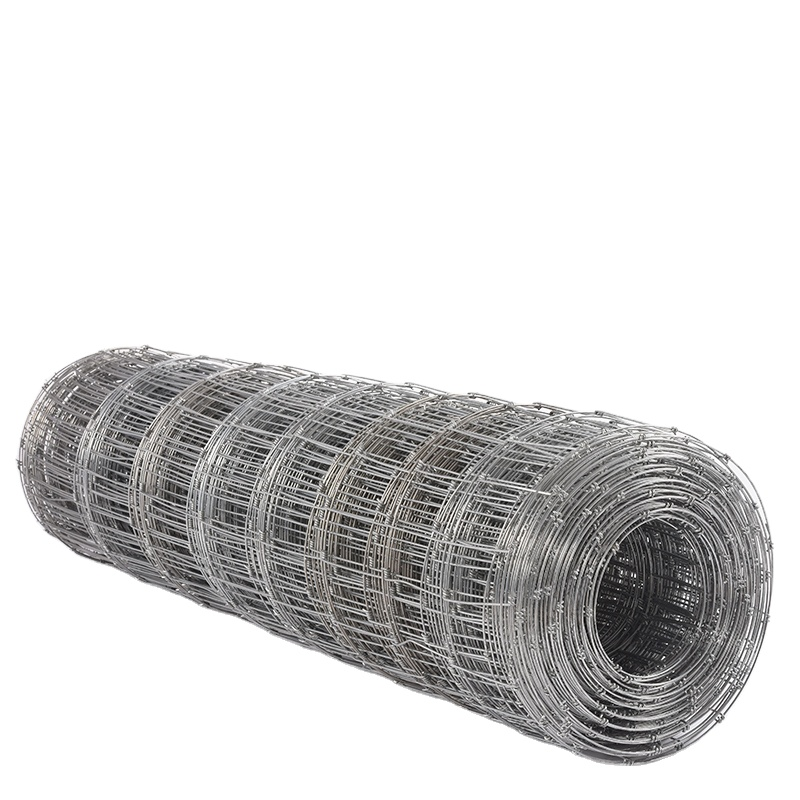
Process flow, testing, and service life
Galvanized field fence starts with low-carbon steel wire (Q195/Q235). Wires are drawn, zinc-coated (ASTM A641/A641M or EN 10244-2), then woven with hinged joints. Heavier options use hot-dip after fabrication principles, though most field fence relies on heavy pre-galv wire for consistent coating. Quality teams run coating mass checks, adhesion tests, and tension trials. Salt-spray to ASTM B117 typically hits 500–1000 h with no red rust in lab conditions; real pasture life runs ~15–25 years depending on rainfall, soil salinity, and coastal exposure.
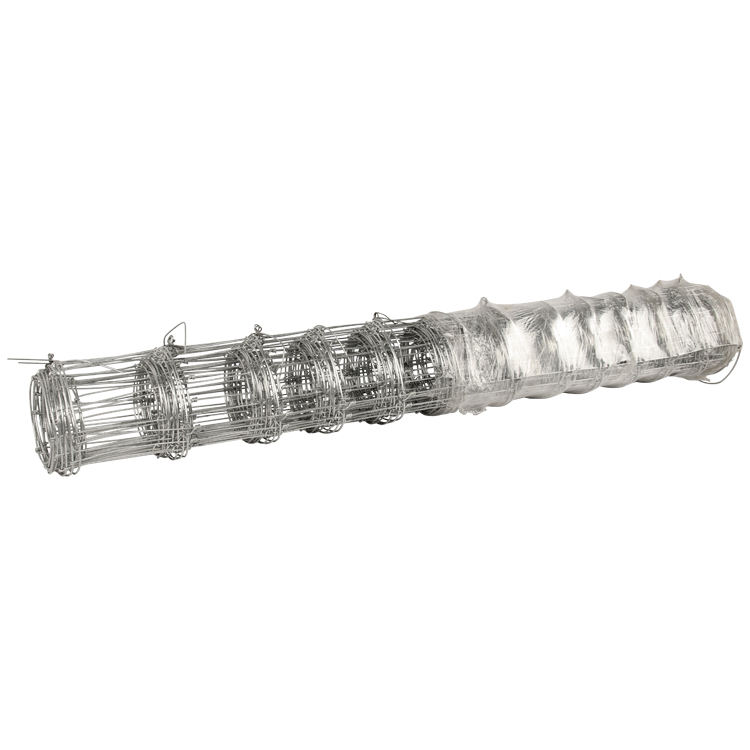
Where it’s used (and why)
- Beef and sheep ranches: hinged joint flexes under hoof strike, reduces wire breakage.
- Orchards and vineyards: keeps deer out without looking industrial.
- Roadside and rail corridors: quick to tension, slower to sag.
- Wildlife control: taller, graduated mesh protects habitat edges.
Vendor snapshot (quick comparison)
| Vendor | Zinc Class | Knot Type | Lead Time | Customization | Certs |
|---|---|---|---|---|---|
| ZT Wire Mesh (Anping) | Class 3 / EN D (≈240 g/m²) | Hinged joint | 2–4 weeks | Height, spacing, roll length | ISO 9001 |
| Importer A (budget) | Class 1–2 | Hinged | Stock only | Limited | — |
| Local B (premium) | Class 3 | Hinged / Fixed knot | 1–2 weeks | Broad | ISO 9001 |
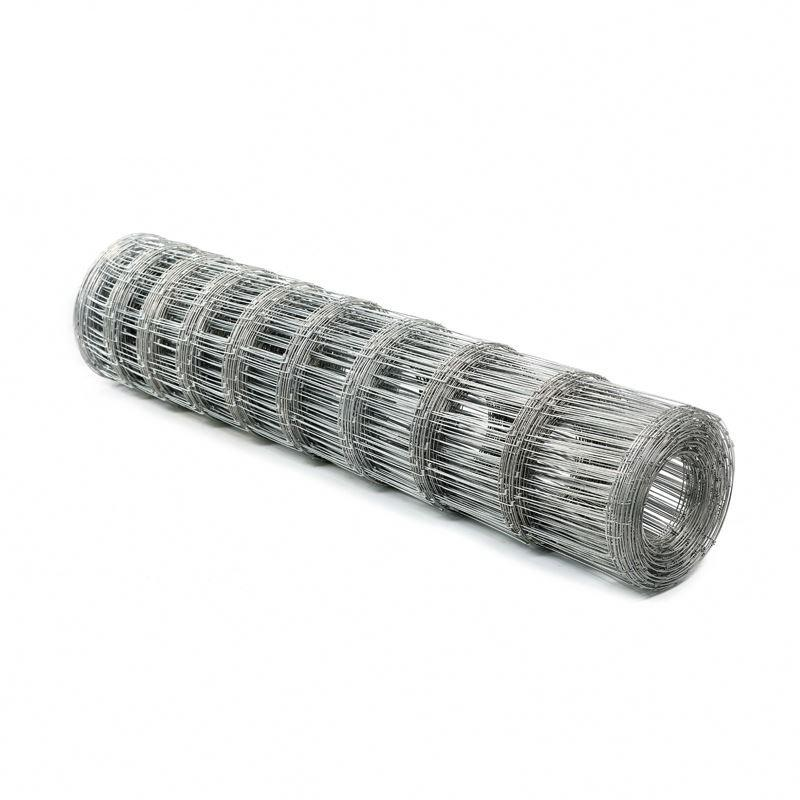
Customization, cases, and on-the-ground feedback
Customization on Galvanized field fence usually means varying height, graduated spacings, wire gauge, and roll length. One Queensland cattle station ran 20 km of 1.5 m, Class 3 coating; three wet seasons in, zero red rust on the test sections. A Washington orchard swapped to tighter 100–150 mm spacing to stop deer—damage claims dropped “by half,” the manager told me. And on a windy plateau in Northern China, high-tensile line wires held tension through brutal freeze–thaw. Origin matters too: ZT Wire Mesh operates from No. 12, Jingwu Road, East District, Industrial Park, Anping County, Hengshui, Hebei, China—right in the wire-mesh capital.

Standards and compliance
Galvanized field fence projects often cite ASTM A116 for woven farm fencing, ASTM A641/A641M for zinc-coated wire, EN 10244-2 for coating classes, and ISO 9001 for QMS. If you’re coastal, ask for higher coating mass and request lab reports (B117 salt spray and coating weight). It seems that paperwork doesn’t stop a bull, but it does protect your budget.
Final thought
If you want a fence that absorbs abuse and just keeps working, the hinged-joint, heavy-zinc Galvanized field fence is still the smart pick. Not glamorous—just reliable.
- ASTM A116 – Standard Specification for Zinc-Coated (Galvanized) Steel Woven Wire Fence.
- ASTM A641/A641M – Zinc-Coated (Galvanized) Carbon Steel Wire.
- EN 10244-2 – Steel wire and wire products: Non-ferrous metallic coatings on steel wire.
- ISO 1461 – Hot dip galvanized coatings on fabricated iron and steel articles.
- ASTM B117 – Standard Practice for Operating Salt Spray (Fog) Apparatus.
- ISO 9001 – Quality management systems — Requirements.
-
Steel Walkway Grating Prices Explained: Essential Insights for Industry and Infrastructure
NewsNov.24,2025
-
Comprehensive Guide to Steel Grating Price and Its Global Impact
NewsNov.24,2025
-
Understanding Heavy Duty Steel Grating Price: Global Insights & Industry Trends
NewsNov.23,2025
-
Essential Guide to Wire Mesh Grating: Uses, Benefits & Innovations
NewsNov.23,2025
-
Welded Steel Bar Grating: Durable Solutions for Industrial Walkways & Infrastructure
NewsNov.22,2025
-
Wedge Wire Drain Solutions: Durable, Efficient Water Filtration and Drainage
NewsNov.22,2025
Subscribe now!
Stay up to date with the latest on Fry Steeland industry news.

